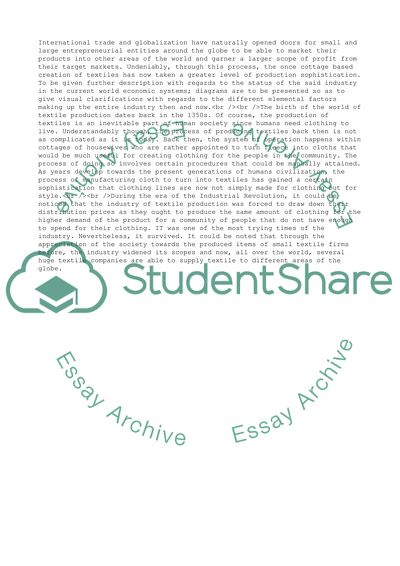Cite this document
(The International Trade on Textile Industries Coursework, n.d.)
The International Trade on Textile Industries Coursework. https://studentshare.org/business/1721510-industry-overview-paper
The International Trade on Textile Industries Coursework. https://studentshare.org/business/1721510-industry-overview-paper
(The International Trade on Textile Industries Coursework)
The International Trade on Textile Industries Coursework. https://studentshare.org/business/1721510-industry-overview-paper.
The International Trade on Textile Industries Coursework. https://studentshare.org/business/1721510-industry-overview-paper.
“The International Trade on Textile Industries Coursework”. https://studentshare.org/business/1721510-industry-overview-paper.


